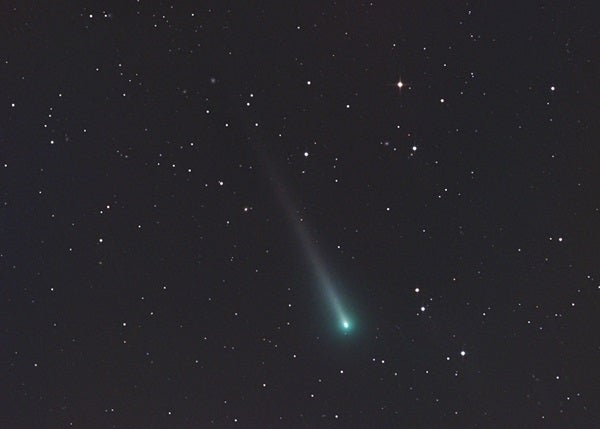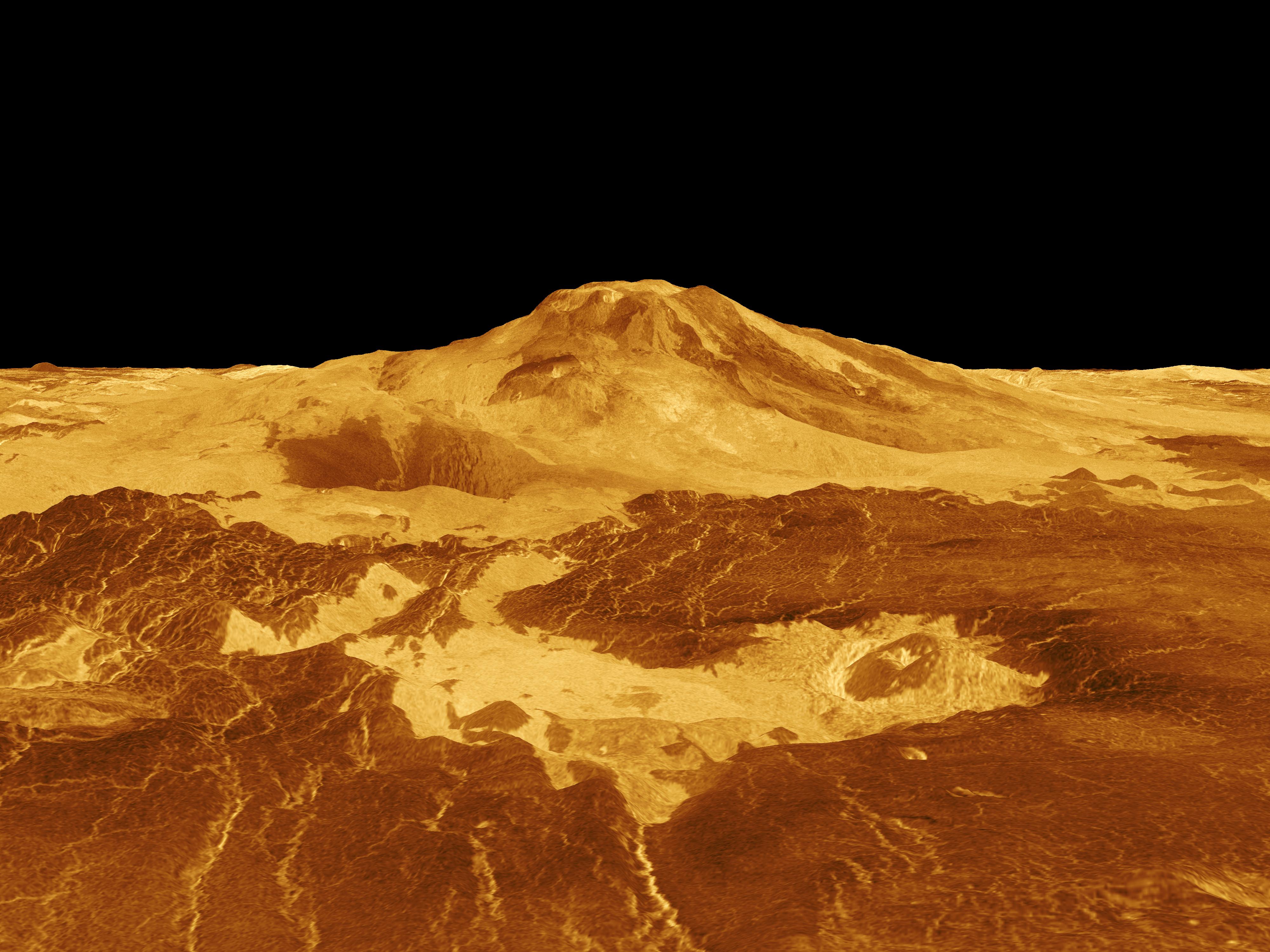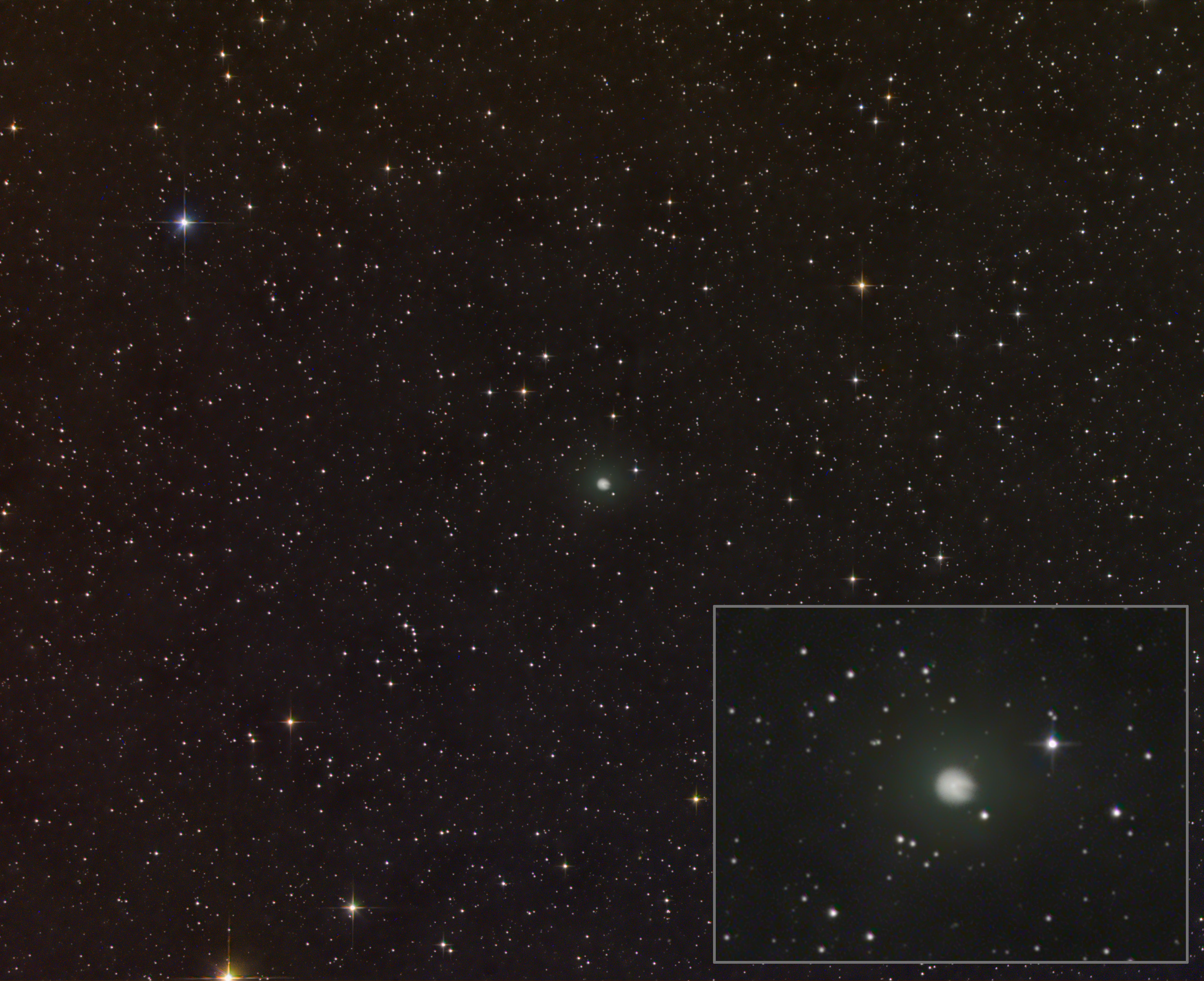The photographer captured Comet ISON (C/2012 S1) through a 12-inch telescope to which he attached a CCD camera. He took 15-minute exposures through clear, red, green, and blue filters, and then stacked the results to produce the final image.
Gerald Rhemann
As November opened, Comet ISON (C/2012 S1) was only visible with optical aid. This week, however, the comet will brighten enough that it will finally come within the range of unassisted human eyes from a dark site. And the Moon won’t be a problem at all, because it doesn’t enter the morning sky — where the comet is — until next week.
As the month progresses, however, you’ll have less and less time before sunrise to view the comet as it heads toward its solar rendezvous November 28. On the 8th, ISON rises 3 hours and 44 minutes before the Sun, but by the 14th, that time is down to 3 hours and 5 minutes.
The comet, now in the constellation Virgo the Maiden, is closing in on that star pattern’s brightest star, 1st-magnitude Spica (Alpha [α] Virginis). But the two objects won’t be closest until next week. On the 8th, ISON lies 25° west-northwest of Spica. By the 14th, however, the separation is less than 11°.
On November 11, you’ll find the comet 1.9° south of magnitude 3.9 Zaniah (Eta [η] Virginis). Some 75 minutes after ISON rises, another dirty snowball — Comet 2P/Encke — pokes its head above the eastern horizon. Predictions for this date say Encke should shine at 6th magnitude, which makes ISON brighter by about 20 percent. Wait until an hour before sunrise (so the two comets can rise higher), and compare the binocular or telescopic views of these two visitors. How are they similar? What differences can you find between them?
The next morning, November 12, early risers will see ISON forming a right triangle with magnitude 2.9 Porrima (Gamma [γ] Virginis) and magnitude 3.9 Zaniah. The comet lies 4° west-southwest of Porrima and 3.7° southeast of Zaniah, at the corner of the triangle where the right angle is. Although sharp-eyed observers will pick the comet up from a dark site without optics, binoculars will frame this scene nicely.
Comet ISON will continue to brighten throughout the month, but don’t wait too long to head out to see it. Take advantage of the moonless skies before dawn this week and view it with your eyes, binoculars, and a telescope. Each will provide a different perspective on what we all hope will be the comet of the century.











